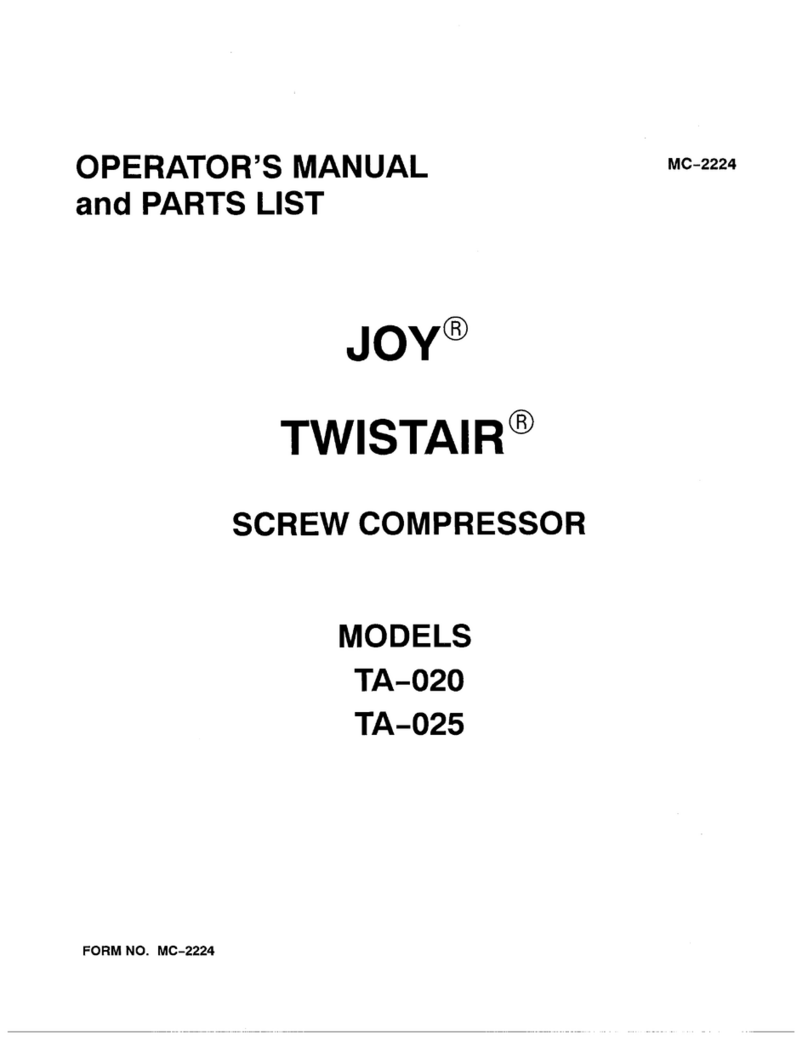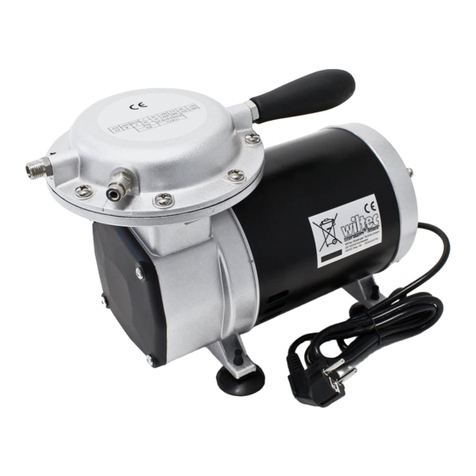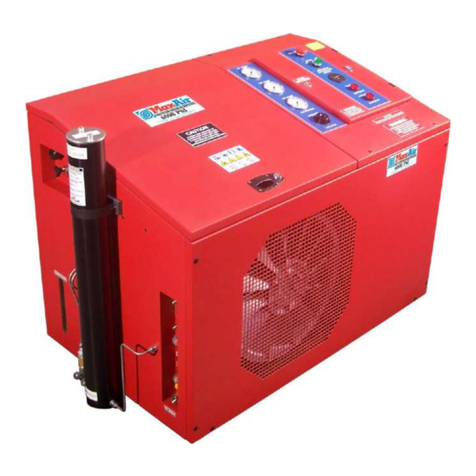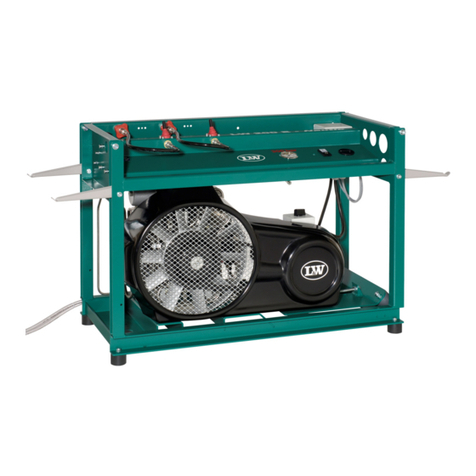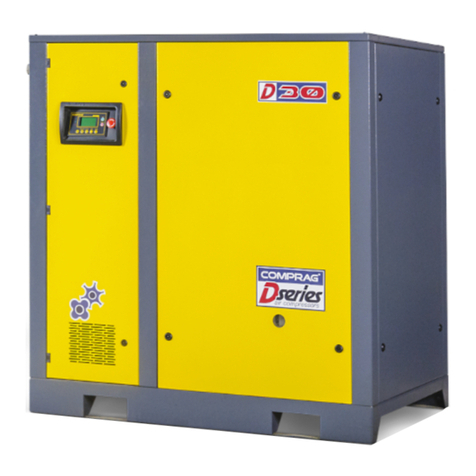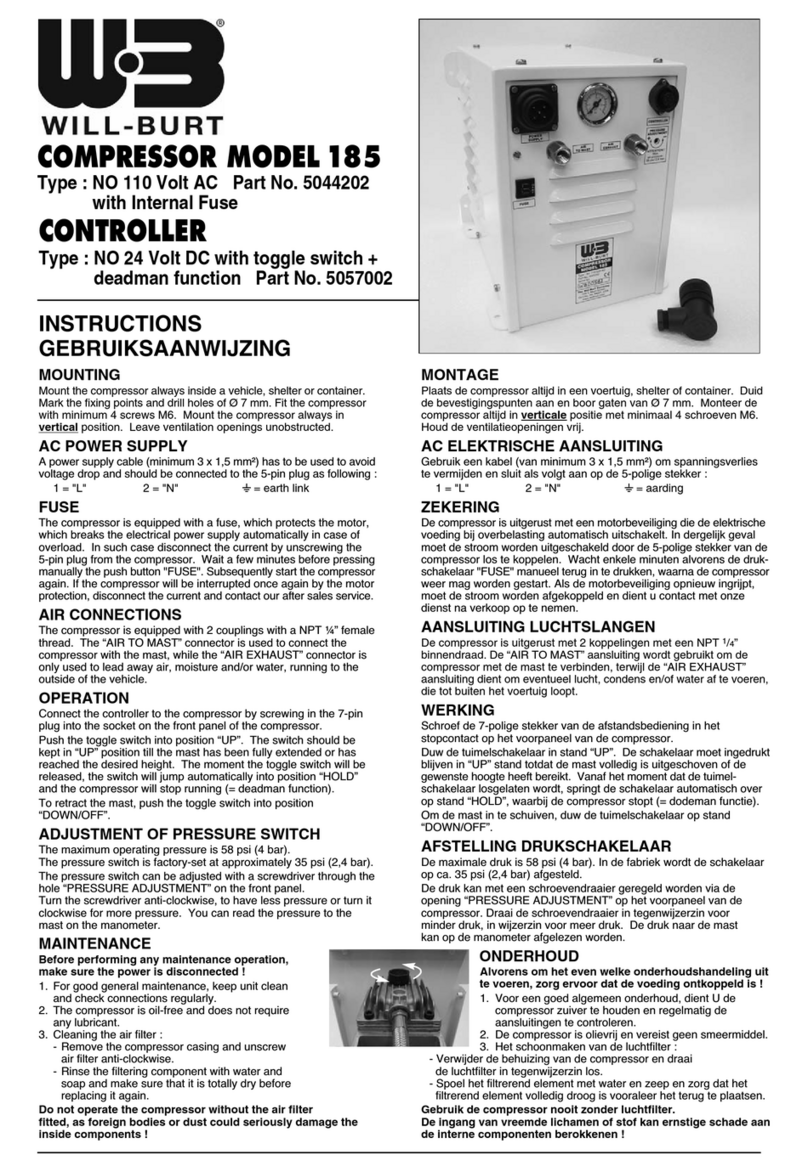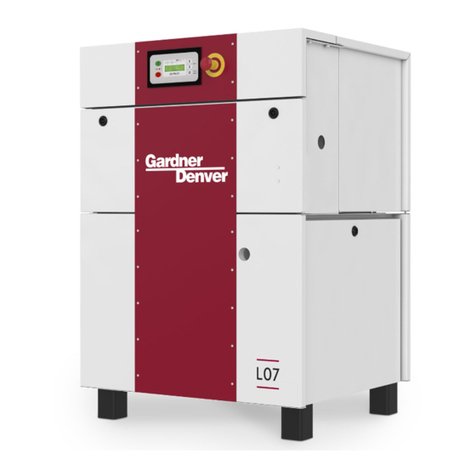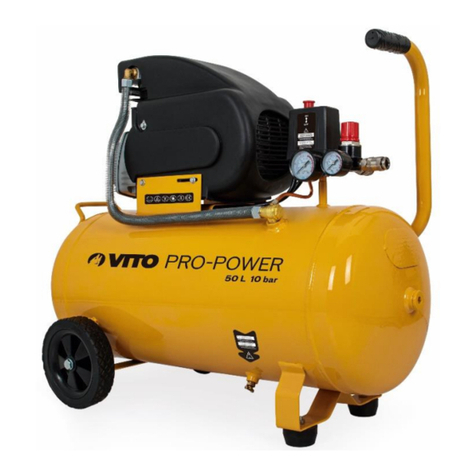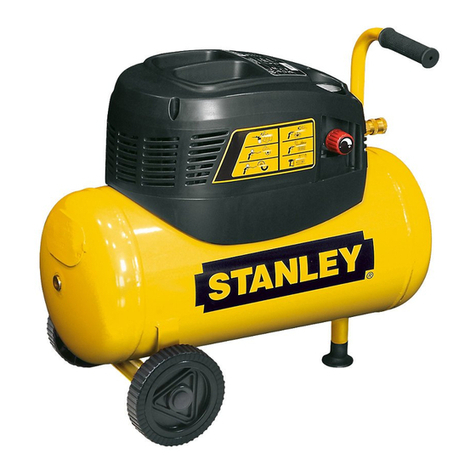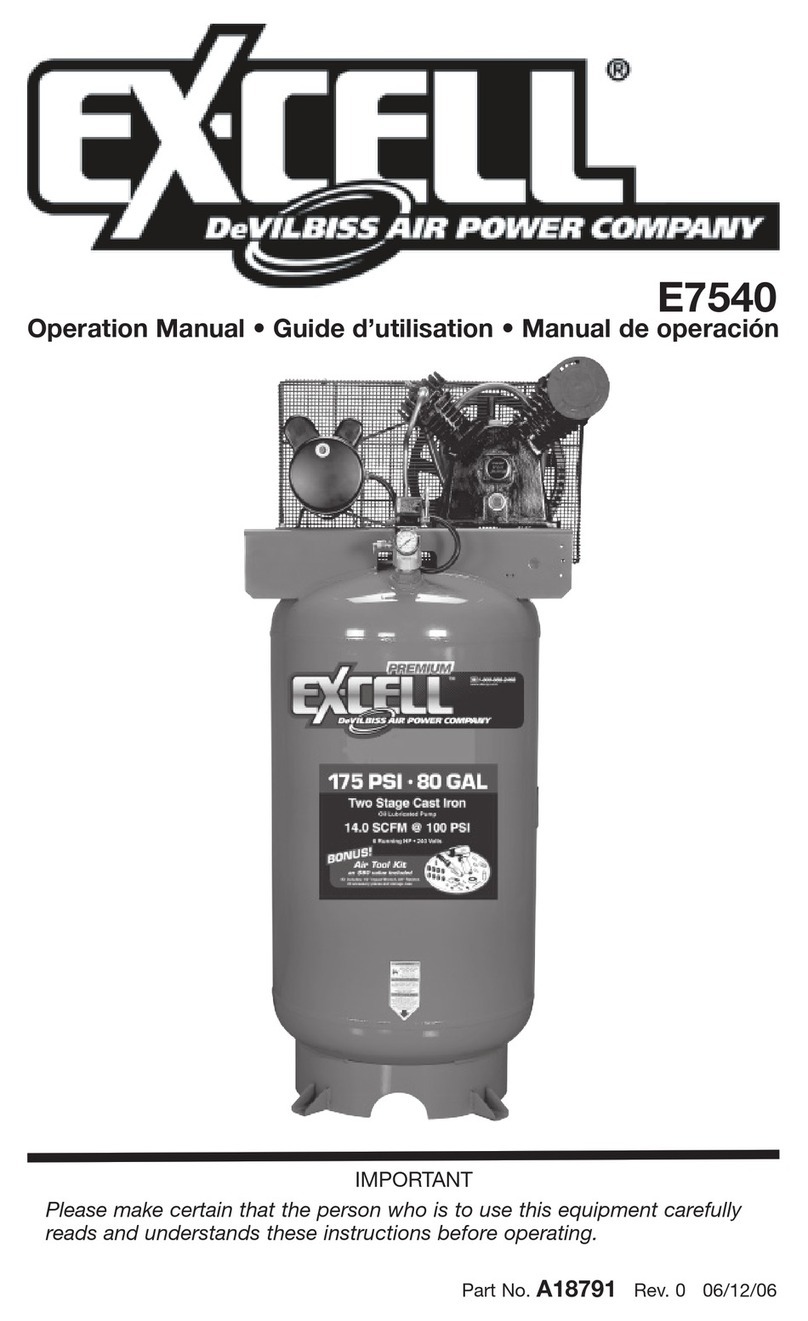Page 3 of 42
Contents
1. Warnings ..................................................................................................................... 5
1.1. General warnings ............................................................................................... 5
1.2. General safety warnings..................................................................................... 5
1.3. Safety warnings regarding the protection against electric current...................... 6
1.4. Description of symbols ....................................................................................... 7
2. Description .................................................................................................................. 9
2.1. Usage ................................................................................................................. 9
3. Description of compressor ........................................................................................ 10
4. Installation ................................................................................................................... 12
4.1. Environmental conditions ................................................................................... 12
4.2. Climatic conditions for operation ........................................................................ 12
4.3. Placing of the compressor.................................................................................. 13
4.4. Compressed air connection................................................................................ 14
4.5. Electric connection ............................................................................................. 15
4.6. First use.............................................................................................................. 15
5. Operating guidelines .................................................................................................. 16
5.1. Switching on the compressor ............................................................................. 16
6. Fault finding ................................................................................................................ 17
7. Maintenance ................................................................................................................ 19
7.1. Maintenance Intervals ........................................................................................ 19
8. Maintenance Programme ........................................................................................... 20
8.1. Intervals of service ............................................................................................. 20
8.2. Service kits ......................................................................................................... 21
8.3. Preparations for service. .................................................................................... 22
8.4. Cleaning and replacement of inlet filter .............................................................. 23
8.5. Check of safety valve ......................................................................................... 23
8.6. Replacement of filter inserts............................................................................... 24
8.7. Replacement of filter in blow filter....................................................................... 24
8.8. Replacement of filter in the pressure regulator................................................... 25
8.9. Regulation of output air pressure ....................................................................... 26
8.10. Replacement of pressure switch ...................................................................... 26
8.11. Adjustment of pressure switch ......................................................................... 26
8.12. Verification of tightness of joints and inspection of appliance .......................... 27
8.13. Checking of Capacity ....................................................................................... 27
8.14. Cooling failure alarm......................................................................................... 28
8.15. Cleaning the compressor.................................................................................. 28
8.16. Cleaning the filter ............................................................................................. 28
9. Replacement of piston with connecting rod and piston rings .............................. 29
9.1. Replacement of the bearing: .............................................................................. 30




















